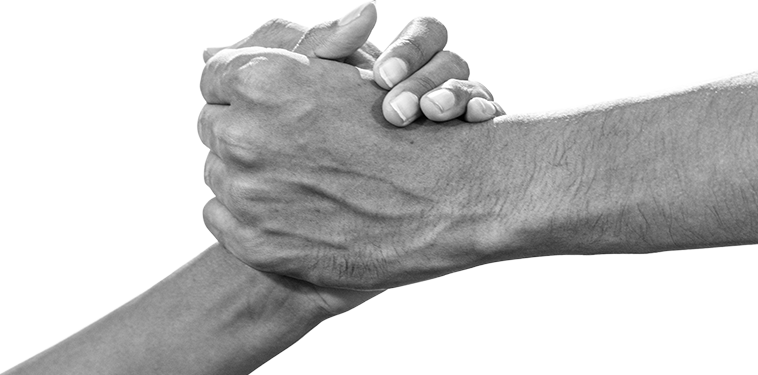
Anorexia Nervosa
If you or a loved one would like to speak to a professional, please do use our therapist directory to find a psychiatrist, psychologist or counsellor that is right for you.

Antisocial Personality Disorder
If you or a loved one would like to speak to a professional, please do use our therapist directory to find a psychiatrist, psychologist or counsellor that is right for you.

Anxiety
If you or a loved one may be undergoing anxiety, it is best to speak to a professional, please do use our therapist directory to find a psychiatrist, psychologist or counsellor that is right for you.

Avoidant Personality Disorder
If you or a loved one would like to speak to a professional, please do use our therapist directory to find a psychiatrist, psychologist or counsellor that is right for you.

Avoidant/Restrictive Food Intake Disorder
If you or a loved one would like to speak to a professional, please do use our therapist directory to find a psychiatrist, psychologist or counsellor that is right for you.

Binge-Eating Disorder
If you or a loved one would like to speak to a professional, please do use our therapist directory to find a psychiatrist, psychologist or counsellor that is right for you.

Borderline Personality Disorder (BPD)
If you or a loved one would like to speak to a professional, please do use our therapist directory to find a psychiatrist, psychologist or counsellor that is right for you.

Bulimia Nervosa
If you or a loved one would like to speak to a professional, please do use our therapist directory to find your psychiatrist, psychologist or counsellor that is right for you.

Dependent Personality Disorder (DPD)
If you or a loved one would like to speak to a professional, please do use our therapist directory to find a psychiatrist, psychologist or counsellor that is right for you.

Depression
If you or a loved one may be showing signs of depression, it is best to speak to a professional, please do use our therapist directory to find the psychiatrist, psychologist or counsellor that is right for you.

Histrionic Personality Disorder (HPD)
If you or a loved one would like to speak to a professional, please do use our therapist directory to find the psychiatrist, psychologist or counsellor that is right for you.

Addiction
If you or a loved one would like to speak to a professional, please do use our therapist directory to find a psychiatrist, psychologist or counsellor that is right for you.

Attention-Deficit / Hyperactivity Disorder (ADHD)
If you or a loved one would like to speak to a professional, please do use our therapist directory to find a psychiatrist, psychologist, or counsellor that is right for you.

Bipolar Disorder
If you or a loved one would like to speak to a professional, please do use our therapist directory to find a psychiatrist, psychologist or counsellor that is right for you.

Paranoid Personality Disorder (PPD)
If you or a loved one would like to speak to a professional, please do use our therapist directory to find the psychiatrist, psychologist or counsellor that is right for you.

Obsessive-Compulsive Disorder (OCD)
If you or a loved one would like to speak to a professional, please do use our therapist directory to find the psychiatrist, psychologist or counsellor that is right for you.

Pica
If you or a loved one would like to speak to a professional, please do use our therapist directory to find a psychiatrist, psychologist or counsellor that is right for you.

Post-Traumatic Stress Disorder (PTSD)
If you or a loved one would like to speak to a professional, please do use our therapist directory to find a psychiatrist, psychologist or counsellor that is right for you.

Rumination Disorder
If you or a loved one would like to speak to a professional, please do use our therapist directory to find a psychiatrist, psychologist or counsellor that is right for you.

Self-Harm
If you or a loved one would like to speak to a professional, please do use our therapist directory to find a psychiatrist, psychologist or counsellor that is right for you.

Schizophrenia
If you or a loved one would like to speak to a professional, please do use our therapist directory to find a psychiatrist, psychologist or counsellor that is right for you.

Schizoid Personality Disorder
If you or a loved one would like to speak to a professional, please do use our therapist directory to find a psychiatrist, psychologist or counsellor that is right for you.

Suicide
If you or a loved one would like to speak to a professional, please do use our therapist directory to find a psychiatrist, psychologist or counsellor that is right for you.

Narcissistic Personality Disorder (NPD)
If you or a loved one would like to speak to a professional, please do use our therapist directory to find a psychiatrist, psychologist or counsellor that is right for you.

Schizotypal Personality Disorder
If you or a loved one would like to speak to a professional, please do use our therapist directory to find a psychiatrist, psychologist or counsellor that is right for you.

Obsessive-Compulsive Personality Disorder (OCPD)
If you or a loved one would like to speak to a professional, please do use our therapist directory to find the psychiatrist, psychologist or counsellor that is right for you.


